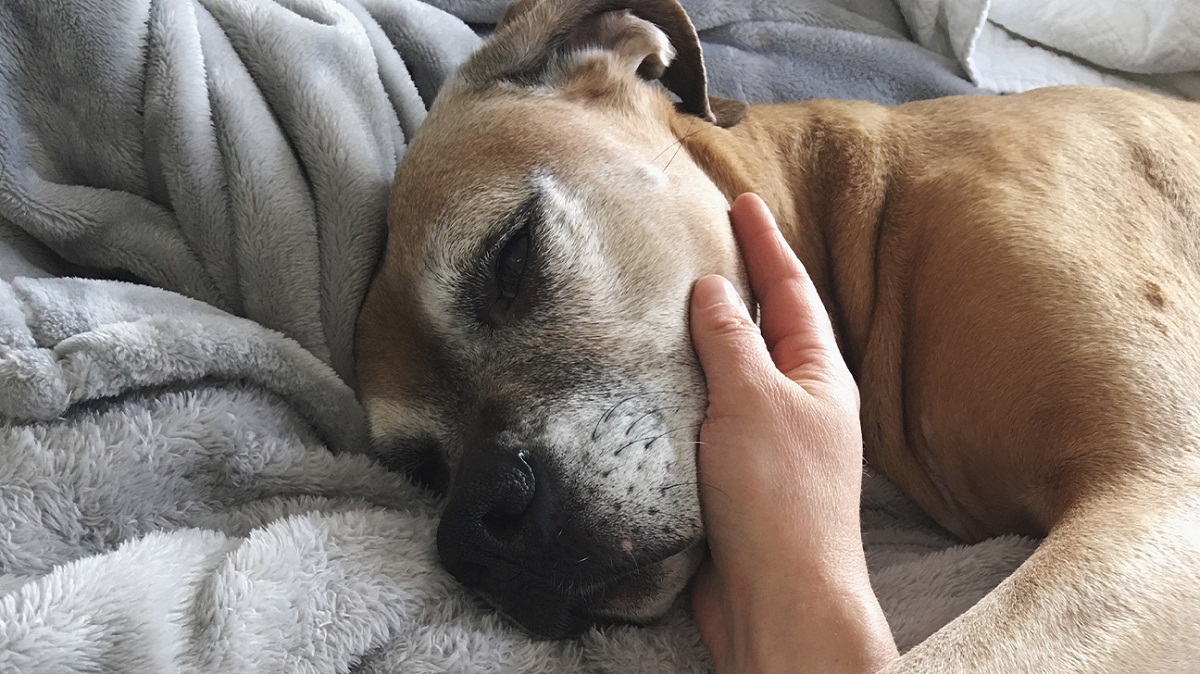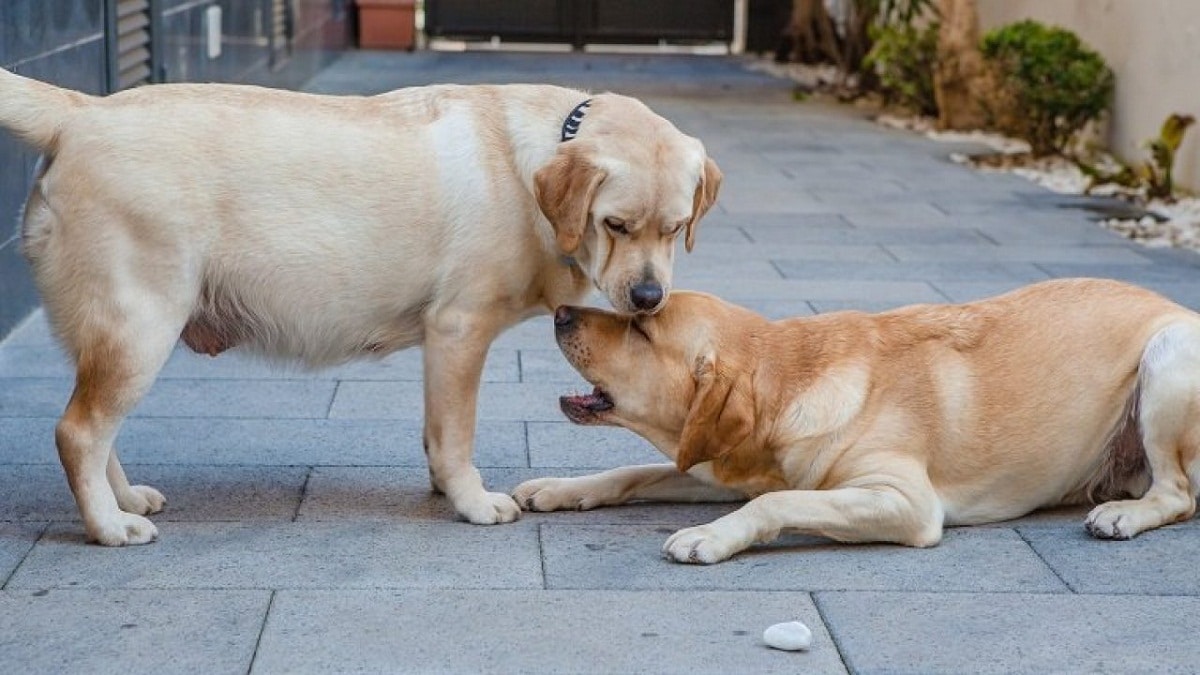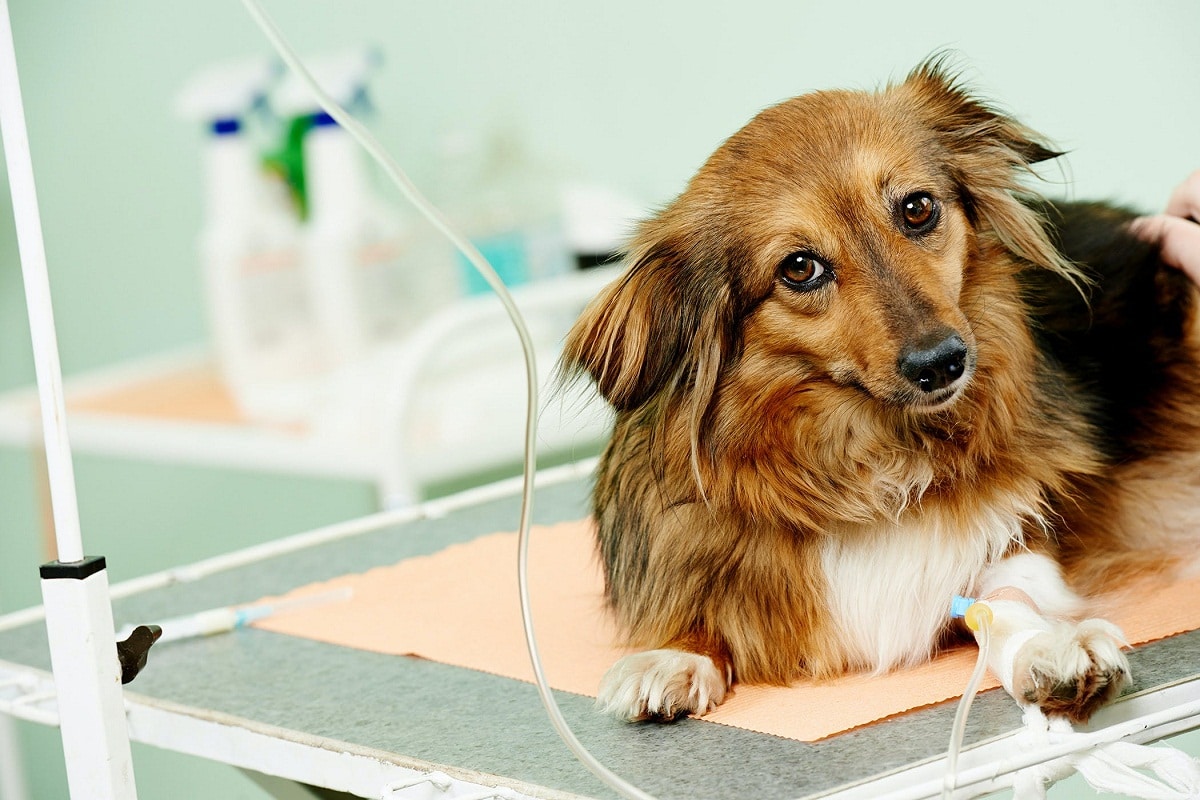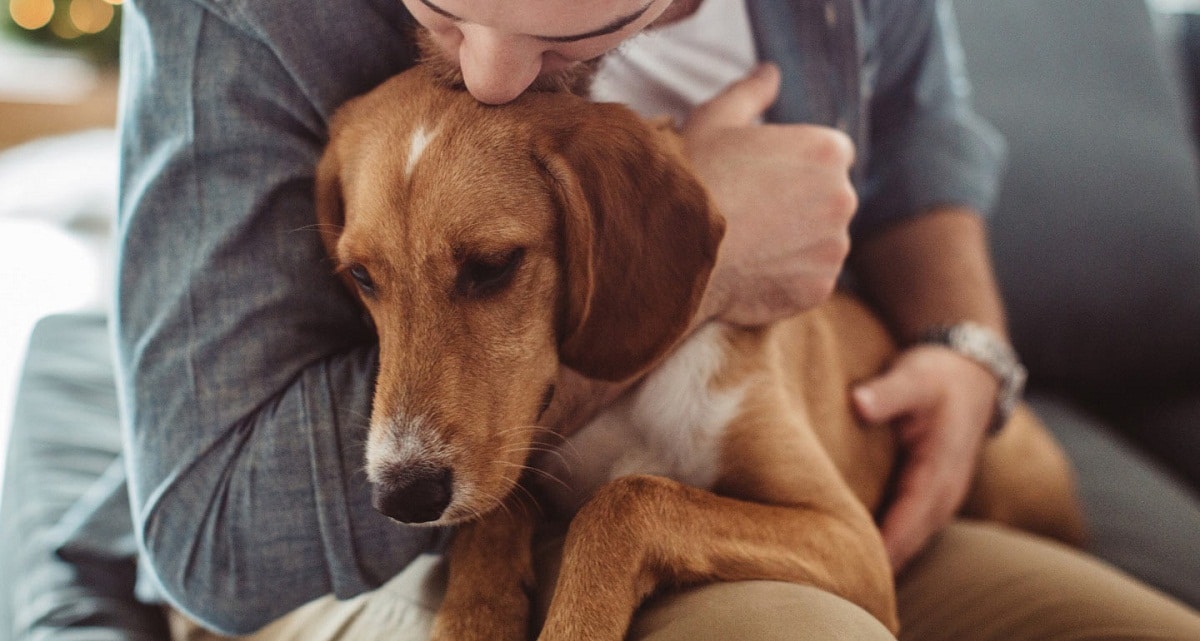
Cancer. Every time someone utters that word, chemotherapy, hair loss, weight loss ..., in short, all those symptoms that cause so much damage to those who suffer from this terrible disease, which can affect humans ... but also to our friends the dogs.
When the veterinarian diagnoses our furry one, one of the questions that we can ask ourselves is to How long does a dog with cancer last? Let us know the answer.
What is cancer?
Cancer is a disease characterized by the exaggerated multiplication and division of cells. This division causes a mass of tissue to increase in volume, which is what we end up calling a tumor.
Tumors can be benign, that is, despite the fact that they multiply abnormally, does not spread to other parts of the body; and the evil ones, which are the ones that do invade other areas.
What are the most common tumors in dogs?
Depending on where it has appeared, it is said that there are different types of cancer. In dogs, the most common are:
Breast cancer
It mainly affects females, especially those that have not been neutered (removed the reproductive glands) before the first heat. They generally tend to affect more than one breast, and both you and your vet can easily detect tumors by feeling them.
When detecting any abnormality in the breasts, you should go to a medical consultation soon, since metastasis usually occurs in the lungs and this would seriously complicate the health of the pet.
Skin cancer
There are several types, and some of them are related to sun exposure, such as squamous cell cancer. Tumors are present in areas of less pigmentation of the skin such as the lips, the abdomen or the nose.
melanomas
These are dark nodules that occur in the mouth and eyelids and it is right in these parts of the body where they are undoubtedly evil. Melanomas appear in melanin reproductive cells.
Osteosarcoma
It is bone cancer. It especially affects large and giant dogs. This disease can occur at any age and is usually located on the front legs mainly, although tumors also appear on the hind legs as well as on the jaw and ribs of the animal.
Common symptoms are lameness, swollen legs, and signs of pain. When metastasis occurs, the cancer migrates to the lungs.
Lymphoma
It is a tumor that appears in the lymphatic system as well as in organs such as the spleen and bone marrow, since these areas have lymphoid tissue. It is a disease that affects mostly middle-aged and older individuals.
The most common symptoms of this disease are: weight loss, enlarged glands, and listlessness.
What causes it?
When they tell us that our dog has cancer, of course, we want to know the origin of his disease. But unfortunately there is no single cause:
Genetic factors
There are races that are more prone than others, such as the doberman, Boxer, Bernese Mountain Dog or Giant Schnauzer. In fact, genetics is a key element in dog cancer, motivated that a tumor takes place, when mutations occur in the DNA of the cells, which in turn gives rise to uncontrolled and excessive multiplication.
This gives rise to cell masses called tumors, which become very large. In the case of malignant tumors, a part of them goes to the bloodstream and that is when metastasis occurs in different organs.
It is important to note that even when there are more predisposed breeds to suffer from cancer due to its genetics, the fact is that your pet of the aforementioned breeds does not have to suffer from it.
Overweight and obesity
Both are associated with breast and pancreatic cancer. According to some studies carried out the obesity in young dogs if they play an important role in predisposition to cancer, Mainly from breasts, which manifests itself in the adult stage of the animal.
Sedentary life
The fact that the dog does not get enough exercise could be more than enough reason for him to end up suffering from colon cancer. The dog needs to exercise daily, at least one walk a day and have outdoor activities, play and socialize with other pets and with their owner.
Environmental toxins
Especially if we live in a city, the air we breathe contains substances that, over time, could cause us, yes, also us, some kind of cancer.
One of the most common is tobacco smoke and some chemical elements that are in the environment and that when exposed for a long time, in addition to genetic predispositions, they can lead to lung, skin, and other cancers.
What are the symptoms?

For the dog to be more likely to be cured it is very important to be attentive to any symptoms that may occur since that will be the only way to get your hope life is what it has to be. The most frequent are:
Loss of appetite
Your dog is not going to show any enthusiasm for food.
Weight loss
The animal will suddenly feel thin and emaciated for no apparent reason.
Pain
And also whimpering or small squeaks for no visible reason, you may have an internal or external tumor that causes pain.
Swelling in some part of your body
Generally the area affected by cancer will present an inflammatory process, which may or may not be visible. For example on the legs.
Presence of some strange lump
It is possible that on the skin hairless bumps or swellings, some in the breasts, which is reason to go urgently to the veterinary consultation.
Limp
This is common in a certain type of cancer that affects the front legs, hind legs or jaw of the dog.
Weakness in its legs
This is very noticeable and can be linked to several factors, such as bone cancer as well as loss of appetite, weakness and apathy.
Lethargy
The dog will only want to lie down and look sad without anything arousing his interest.
Depression
You will be discouraged and sad distant from his years and very sullen.
Other symptoms
Hair loss, bleeding, generalized inflammation.
If we see any of these symptoms in our pet, we must take him to the vet as soon as possible for tests, such as blood and urine tests, X-ray and / or biopsy if needed.
When we do nothing and we let it go the dog can die in a matter of months.
How is it treated?
Depending on how the animal is and how advanced its disease is, the treatment to follow can be any of these, or a combination of several:
Surgery
To remove the lump, or to amputate the limb if it has appeared on the leg. The surgical procedure involves removing all the tissue surrounding the tumor, since in this way, it is possible to minimize the risks of new tumors.
Generally They are simple procedures and the sooner they are carried out, more quality of life for your dog.
Pharmaceutical products
As analgesics to relieve pain, and others to help the immune system fight the tumor. These go a long way in minimizing discomfort. and to improve your state of mind.
Radiation therapy and / or chemotherapy
Radiation therapy treatment consists of irradiating the tumor to minimize it and then it is complemented with another type of treatment to eradicate it completely, for this the veterinarian has adequate technical means for this purpose.
In the case of chemotherapy, it is also applied in combination with another treatment to avoid metastasis as much as possible. In this case the side effects are important and must be taken into consideration.
Immunotherapy
It aims to stimulate the animal's immune system which would help it fight the disease by itself, however this therapy is still under development.
How long does a dog with cancer last?
This will depend a lot on each case. If it is caught in time and we try to give it the medicine that the veterinarian has recommended, can have a completely normal and long life (years); on the contrary, if we have let it go, we will have to say goodbye to him in a few months.
Cancer treatment cost in dogs
Oncology treatment, specifically chemotherapy, can be quite expensive as the drugs are the same as those used in humans and in the case of chemotherapy it can last up to 18 months.
In the case of a breast mastectomy, unilateral whether total or partial, the cost is approximately 271,04 euros. If it is an isolated breast tumor, around 108,90 euros.
Life expectancy in dogs with cancer
When detected early and veterinary treatment is followed, you are going to help your dog a lot, since you not only provide quality of life but the hope of this extends for a longer time and with a good probability that it will not return.
What to do with a dog with cancer
The main thing in any case is learn to know your dog to detect if he has any health discomfortLikewise, learning to feel your body in order to detect possible tumors is very helpful in early prevention.
In case you notice that there are abnormalities in behavior, with symptoms of the disease and with the presence of lumps in certain parts of the body, it should be taken to a veterinarian for diagnosis and treatment.
A dog with cancer that is treated early can live much longer than when untreated, so the first thing is to take him to the doctor and then follow the treatment to the letter.
It is important that you ask your vet questions about pain, type of drugs and their side effects as well as the way to serve them to help you in the process. For example, there are treatments that mitigate the deterioration of your health and also pain, including morphine.
If the specialist recommends chemotherapy, you should not hesitate to accept the application of the treatment, since is currently very advanced and the process is not very different from that of people.
In extremely serious cases and when the disease is at a very advanced level or when unsuccessful treatments have been exhausted, the option that remains is to apply euthanasia, which is a difficult decision, since dogs become part of the family.
But if your condition is very critical and you are suffering a lot with cancer painThis is the most successful because the context is exhausting and painful for the dog and the family.
Remember that quality of life is important and when the dog no longer wants or does not have the will to even get up to relieve itself, it does not eat, drink, etc. it's time to stop your suffering.
How to detect cancer in dogs
There are very clear signals that activate the alarms that there is something wrong with the dog, such as ulcers that do not heal easily, the lumps on the skin, localized inflammations, lameness, discouragement, loss of appetite, lethargy and others that we saw at the beginning.
But we are not specialists and this is not enough to determine if our dog has cancer or not, in this sense the right thing to do is take him to the doctor's office so that they examine it and carry out the necessary studies and tests.
The doctor first performs a physical examination to palpate the lumps and see if there are wounds, ulcers, etc., the most sensitive areas with the mammary glands, the perianal, testicles, lymph nodes, vulva and also detect inflations in extremities or bone areas.
For diagnose the presence of cancer in internal organs such as pancreas, liver, spleen or lungs, blood draws, X-rays and CT scans are applied. All of which leads to a clearer diagnosis and therefore to adequate treatment, according to the degree of involvement and progression of the disease.
We hope this article has been useful to you. 🙂

